In today’s blog, we will explain to you the unspoken truth of topical hyaluronic acid in skincare.
A lot of the publication houses do not necessarily publicize this information because they are in business with many advertisers from the skincare industry. Within the skincare industry, hyaluronic acid has been leading the race to make a lot of money with all of its miraculous claims and the fact that it is in many products.
The more you start really understanding an ingredient list and reading about an ingredient list, the more your mind starts questioning, because it is in literally everything.
Hyaluronic acid has been around for decades. It’s the ingredient that every single beauty editor, writer, dermatologist, skinfluencer, skincare expert, and esthetician, has been praising and talking about as if they’ve figured out the fountain of youth.
It’s everywhere. It’s been touted to be the miracle ingredient of the years. It is supposedly one of the best moisturizers out there. Your lips will plump and practically explode if you apply it topically.
Literally, it is in every step of your skincare routine. It is really difficult to run away from hyaluronic acid. The beauty industry and the skincare industry are making you question yourself if you don’t really see these miraculous results that everybody is claiming.
Is It Really Working?
Let’s assume you have very dry lips, you lick your lips, and in winter with the heaters on it might be really hard for you to keep them moisturized and in order to hold on to their water. So you buy a hyaluronic acid lip serum. You put it on your lips and 10 minutes later, your lips get drier and flakier than when you put on the product.
This is really odd because as we know and as we’ve all learned, hyaluronic acid is a great humectant, it holds onto water. Why are these lips still so dry? This is what we are going to explain in the rest of this blog post.
Basically, in vivo, in your body, it started off as hyaluron, which they quickly renamed hyaluronic acid. Not to freak you guys out, it’s not an exfoliating acid, it’s not an acid that’s going to peel your skin. Its pH is acidic and so it is known as an acid.
In the synthesized form it is often hydrolyzed and broken down. So you will see hydrolyzed hyaluronic acid on ingredient lists as well.
Is Sodium Hyaluronate Same with Hyaluronic Acid?
Sodium hyaluronate is the salt form of hyaluronic acid, it has nothing to do with the size of it. Sodium hyaluronate is the cheaper salt version of hyaluronic acid with lower efficiency levels.
So when a company is trying to produce something that has hyaluronic acid claims, they’ll put sodium hyaluronate in it because they’ll save themselves some pennies in the process.
Cerave hydrating cream-to-foam cleanser, sodium hyaluronate right here, boom. It’s in a cleanser.
Garnier, it is the brightening serum cream, sodium hyaluronate, boom, it’s in here.
Elta sunscreen, has it, sodium hyaluronate, of course it does, because why not?
The menopause cooling mist by Indeed Labs, there she is, there’s sodium hyaluronate right here.
The list goes on.
It’s in everything. It’s truly in everything. You do have to be an educated consumer when trying to figure out if it is for you or not.
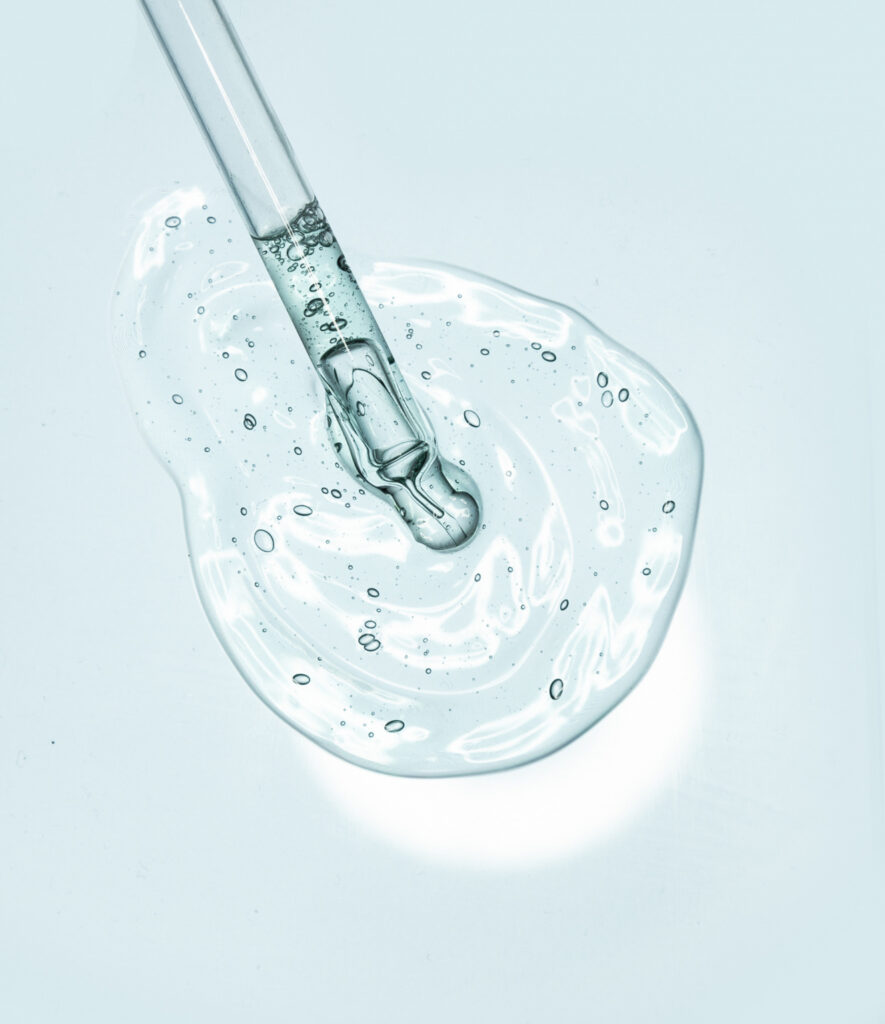
What Exactly is Hyaluronic Acid?
It is also known as a GAG. It is a GlycosAminoGlycan. It is a sugary carb. It is a carby carb with a lot of sugar on top.
Does it really offer much benefit to you as a human being? Does a donut offer much benefit to you as a human being? Probably instant gratification, but it’s not going to help you in the long run. The same goes with Hyaluronic Acid.
Hyaluronic Acid attracts water because it appears all luminescent, it then holds on to it and never wants to let it go, for better or for worse, until that ship drowns. It controls the water concentration of the skin in the long run. That is the reason why your lips get dryer when you use this ingredient.
Native Hyaluronic Acid, which is basically the elements that we are born with, we all have it in our skin. If you think of the skin, it’s a layer cake. There are two main layers. We’re simplifying this. There’s the epidermis, which is the top part, and then there’s the dermis, which is the cushiony part. Most of these elements are located within the dermis to give you structural support and to give your skin bounce and plumpness and lusciousness and chewiness.
That’s where most of the Hyaluronic Acid lies. It has been shown to be able to hold up to a thousand times its weight in water. By holding up to a thousand times its weight in water, it manages to expand and plump and look super juicy.
Where Does Hyaluronic Acid Get the Water From?
We get the water from our diet, through our blood, because it’s deeper down. That’s why it’s super important to hydrate throughout the day, to make sure that you’re drinking enough water for your skin to stay nice and plump. It has a structural role in the extracellular matrix, so it gives your overall skin that bounce. But it’s super interesting because it also has a really important role when it comes to wound healing, inducing inflammation, allowing a cut or a wound to heal within, and promoting what is known as angiogenesis.
The main role of hyaluronic acid in our bodies is to increase blood supply to the superficial tiny blood vessels around a wound, ensuring that the blood can heal and regenerate the tissue.
Size Matters
Size matters when it comes to Hyaluronic Acid, and this is the dirtiest, biggest secret of the skincare industry. Ultimately, it’s the size that’s going to dictate the function of this element that you’re using.
Most brands nowadays are going to fluff and puff and tout the fact that there is a super low molecular weight so that it can go super deep into your skin to plump you up like a puffer fish.
The truth of the matter is Hyaluronic Acid has a high molecular weight in its native state.
In the same way that collagen works. You can’t take collagen and say, “I’m putting the collagen on my face; I’m going to restore the collagen supply of my skin.” That doesn’t work.
The same goes for Hyaluronic Acid. You can’t just take injectable Hyaluronic Acid and think your face is going to puff like a pufferfish. It doesn’t work like that.
High molecular weight Hyaluronic Acid, which is the type of Hyaluronic Acid found in our skin, can’t get absorbed through our skin. Scientists and chemists have come up with ways to break it up, hydrolyze it, and chop it up into tiny little fragments, decreasing its weight overall, called low molecular weight Hyaluronic Acid. But the truth is, it literally does not pass your epidermis. It stays within your epidermis; it actually doesn’t even go close to your dermis, where the native Hyaluronic Acid is.
Hyaluronic Acid Myths Debunked
False Claim #1: It’s going super deep
Despite the size that is being used, Hyaluronic Acid sits at the top layer of your skin. It usually lies within your epidermis.
False Claim #2: It’s super hydrating
No, it’s not. Let’s take a closer look. Under low humidity conditions, humectants such as hyaluronic acid draw moisture from the skin and increase trans-epidermal water loss. If something is hydrating, it should decrease trans-epidermal water loss; it should allow for water to remain within the epidermis and not be lost. Humectants must be used in combination with an occlusive ingredient so that the moisture doesn’t evaporate.
So, how can an ingredient alone be hydrating? It can’t. In vivo, native Hyaluronic Acid does hold up to a thousand times its weight in water.
However, no synthesized Hyaluronic Acid has ever been proven to hold its weight a thousand times over in water, and that is a fact. One big brand was even faced with a class-action lawsuit because of these misleading claims.
Where Does Topical Hyaluronic Acid Get Its Water?
Native Hyaluronic Acid gets it from your diet and blood source because it’s within the dermis. Topical Hyaluronic Acid gets water from the closest source it attaches to, i.e., your skin, because it can’t go that deep. It’s literally drawing up the water from your keratinocytes, slowly attracting it and slowly emptying your cells of all their water content to puff up and appear nice and puffy. But as the water slowly evaporates, you become dehydrated.
Sealing Hyaluronic Acid with a Moisturizer
If you seal it in with a moisturizer, isn’t that counterproductive? Why use it in the first place if it’s going to evaporate and cause trans-epidermal water loss because it’s sitting so superficially within your epidermis? Just use a moisturizer and be done, because it’s eating up the moisture of your moisturizer.
False Claim #3: It’s soothing and calming
It is not soothing, especially not the one used in skincare products, especially not low molecular weight. High molecular weight Hyaluronic Acid has been shown to have anti-inflammatory effects, but it doesn’t go very deep at all; it just sits on the surface of your skin. Low molecular weight Hyaluronic Acid, however, is pro-inflammatory. It helps in wound healing by supporting the growth of superficial blood vessels but is not calming or soothing.
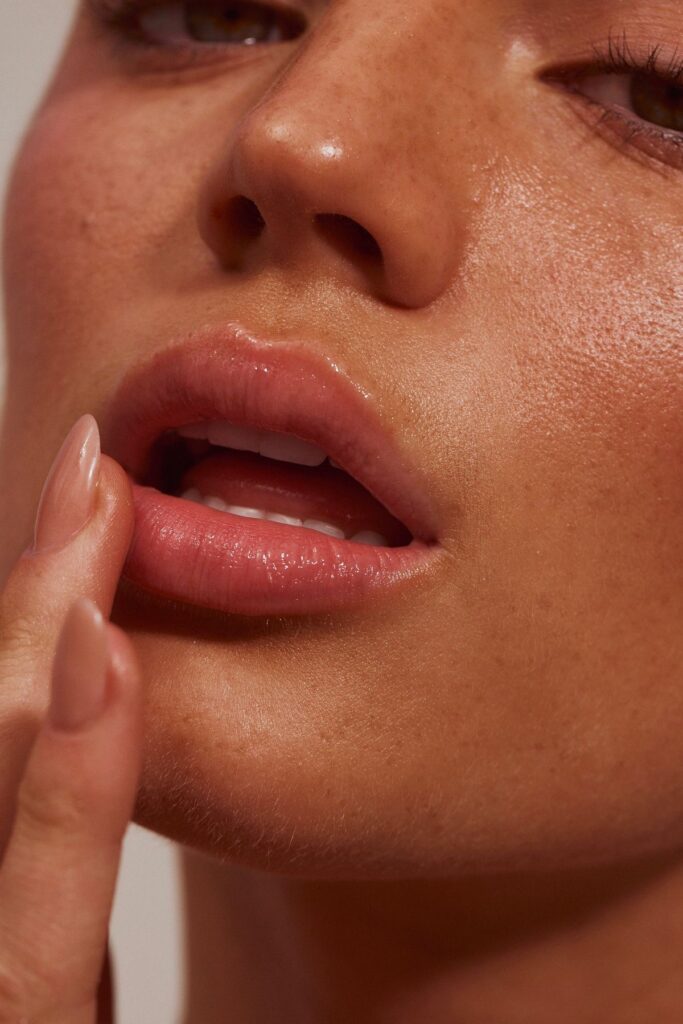
How Do We Use Hyaluronic Acid Correctly?
We don’t think Hyaluronic Acid is the devil despite all this. If you have an event, use it before that event; it will plump your face and give you a nice overall plumped appearance. Make sure you seal it in with a strong occlusive, like a good moisturizer or even a moisturizer with oil. Try limiting one product within your skincare routine that has hyaluronic acid. Don’t overuse it, as it can lead to dehydration, increased dryness, redness, and inflammation over time.
We do prefer glycerin, which is tried and true, a better humectant, smaller in size, and has not been proven to be inflammatory. We hope this helps clarify the misconceptions about Hyaluronic Acid.
Disclaimer: In the name of full transparency, please note that this post contains affiliate links and any purchase made through such links will result in a small commission for us.

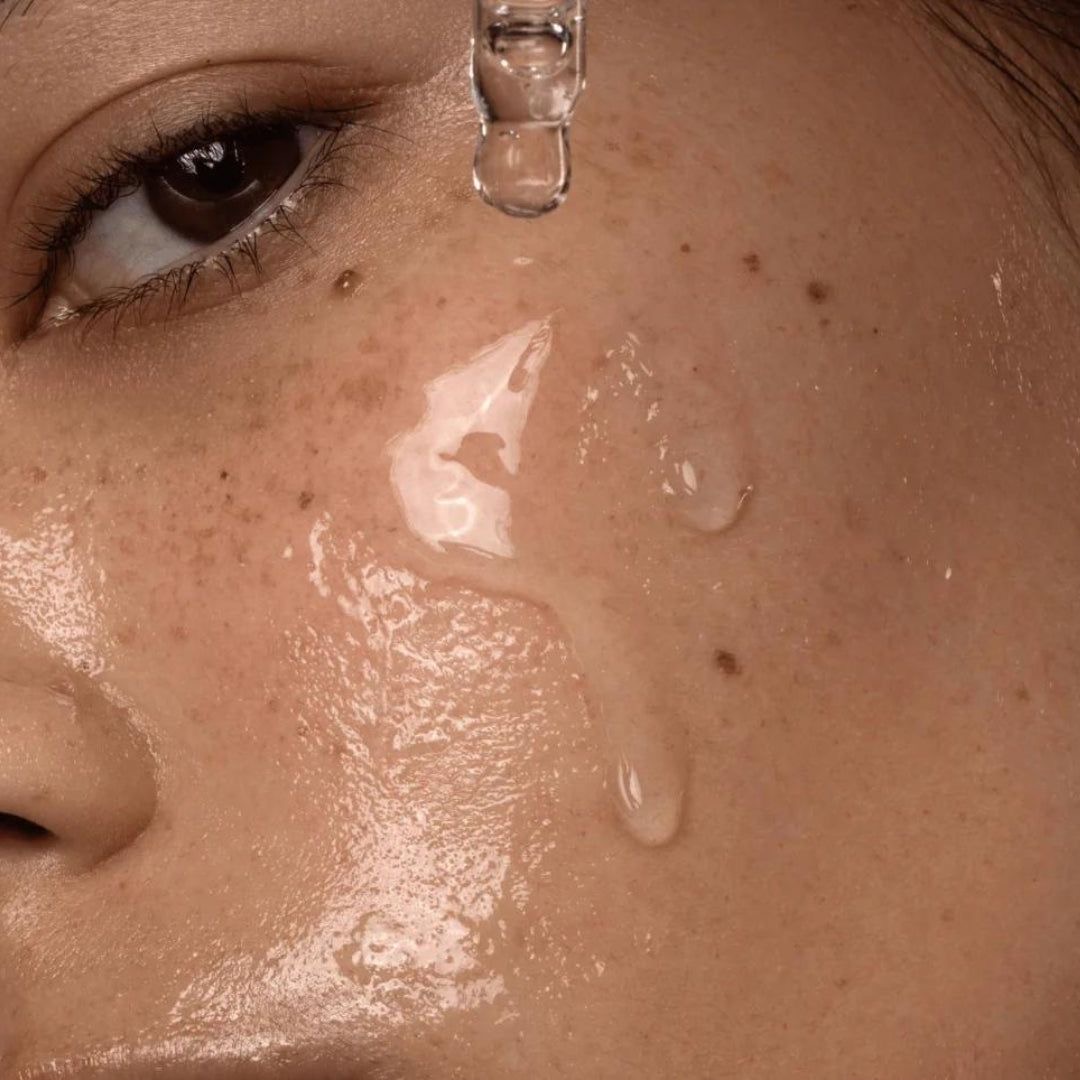


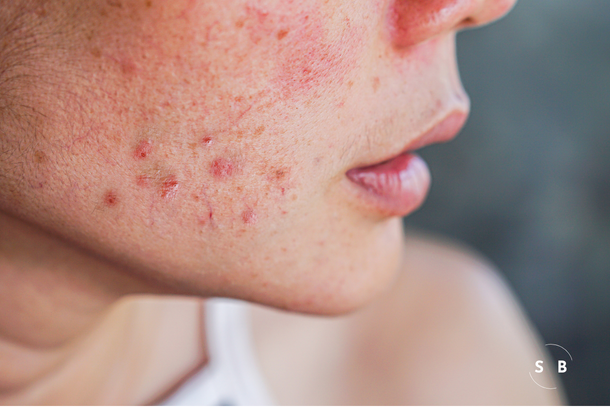
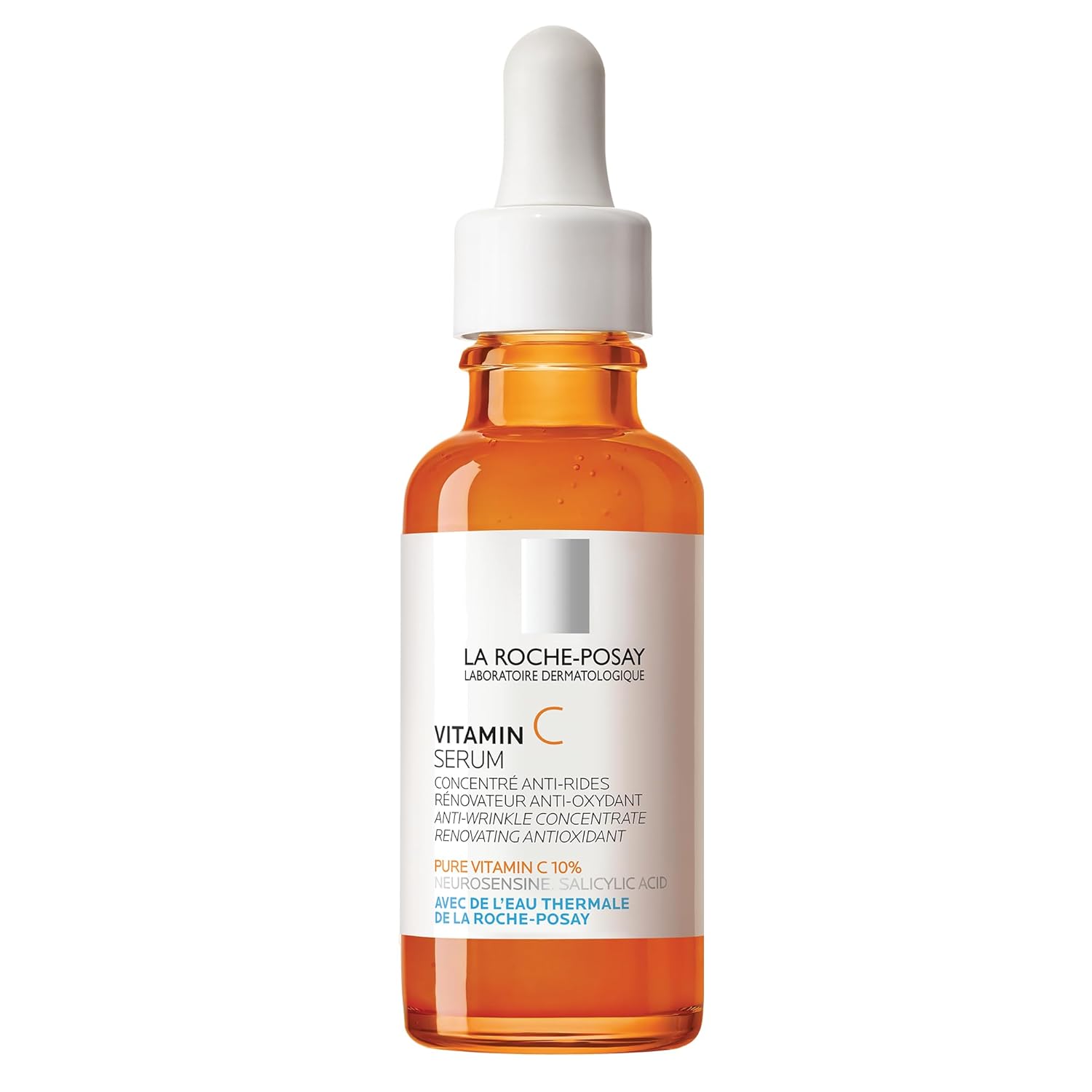
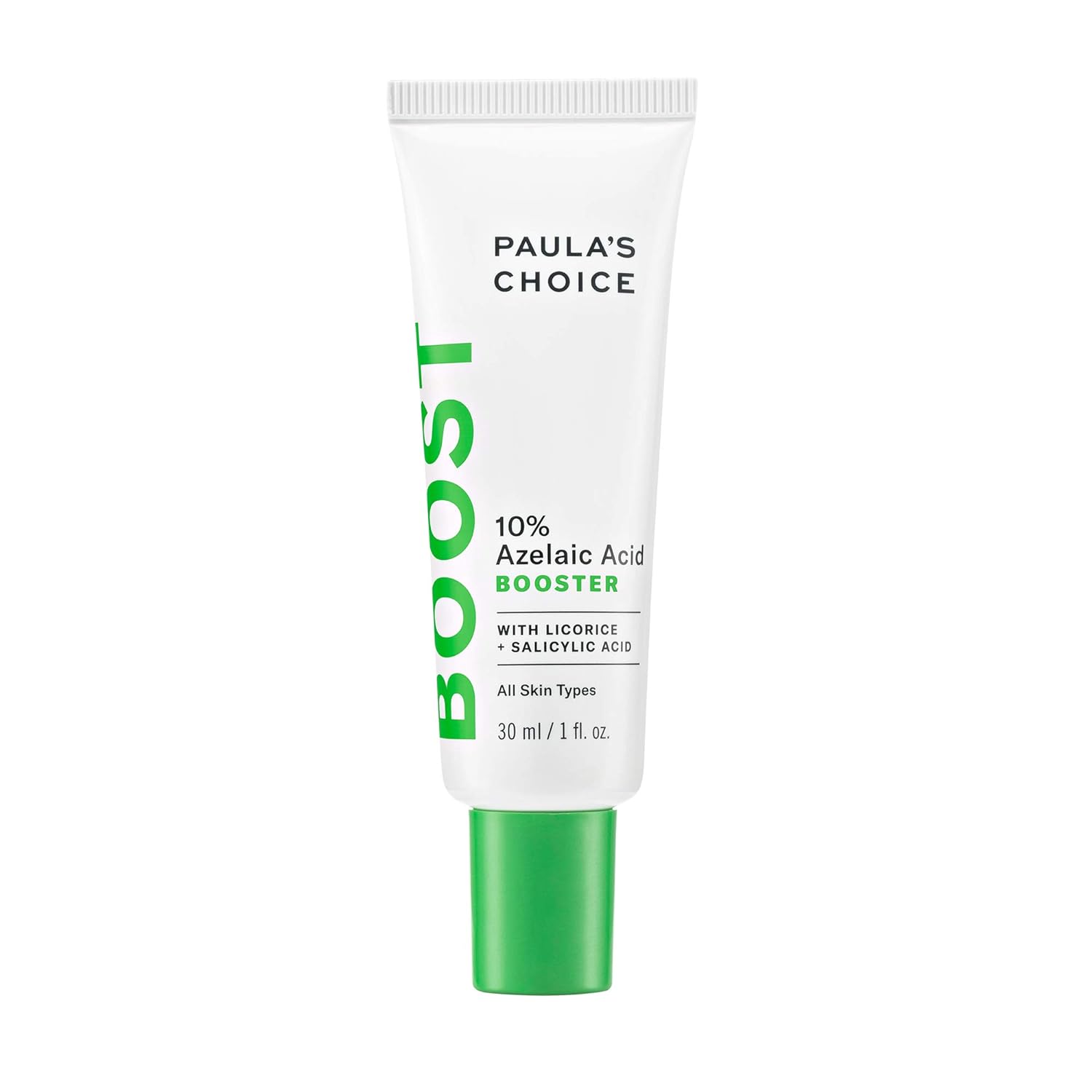
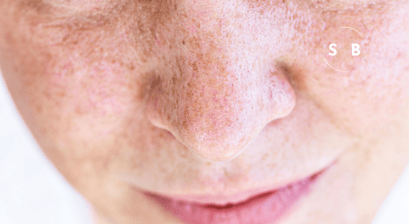
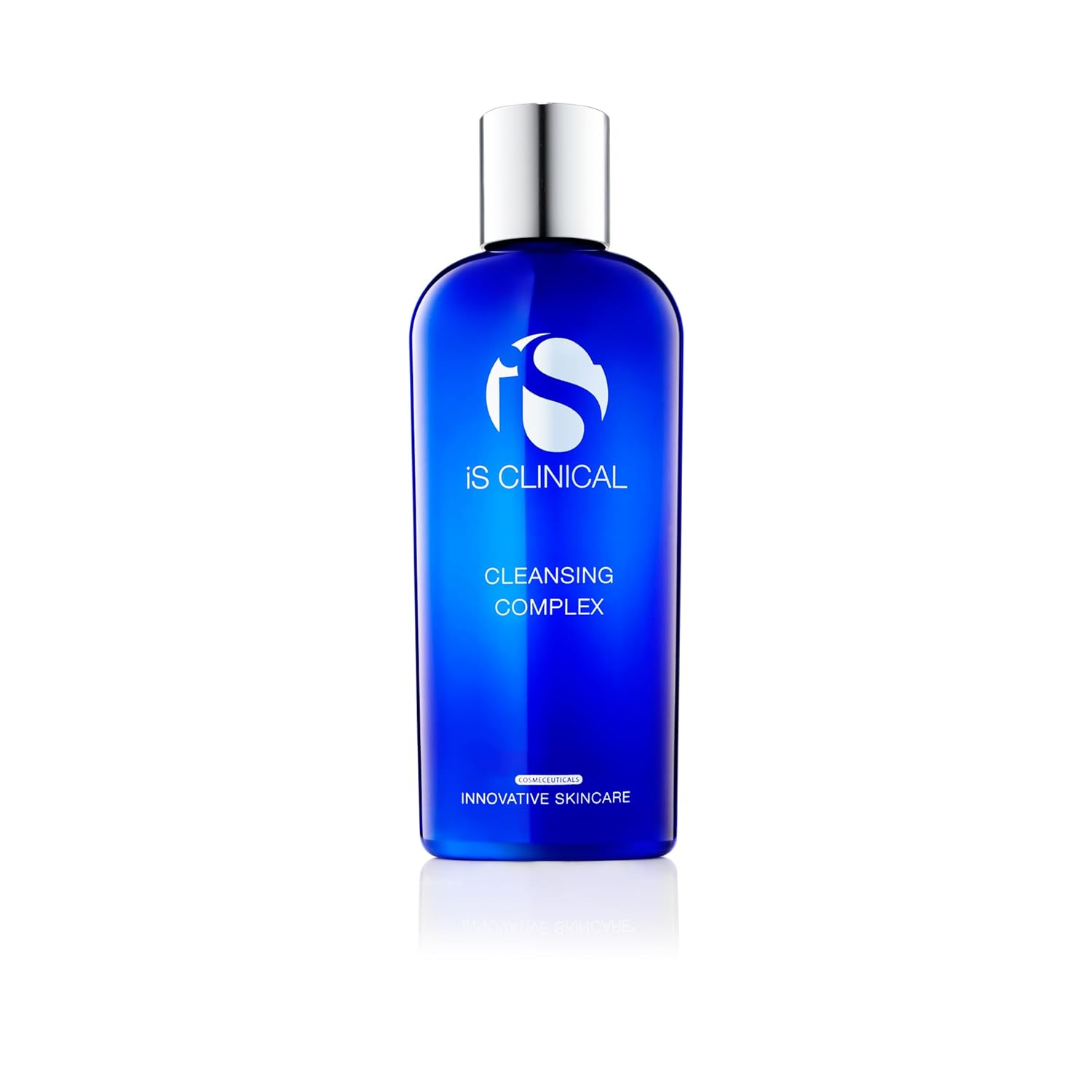
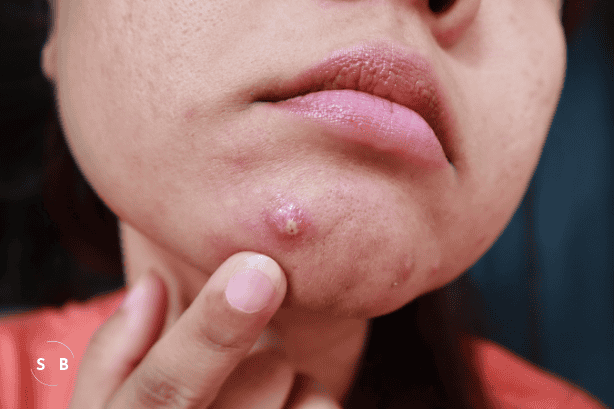
Leave a Reply